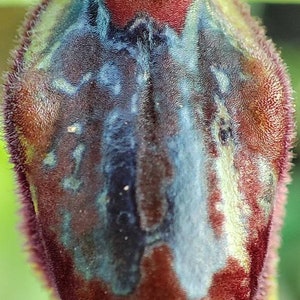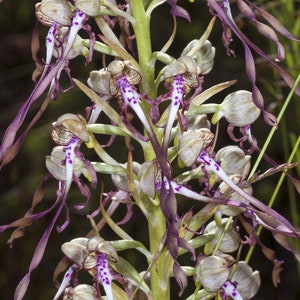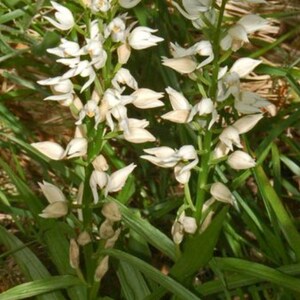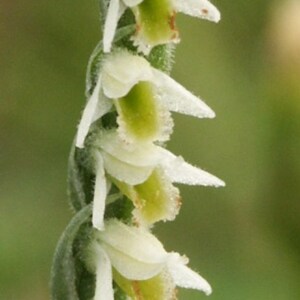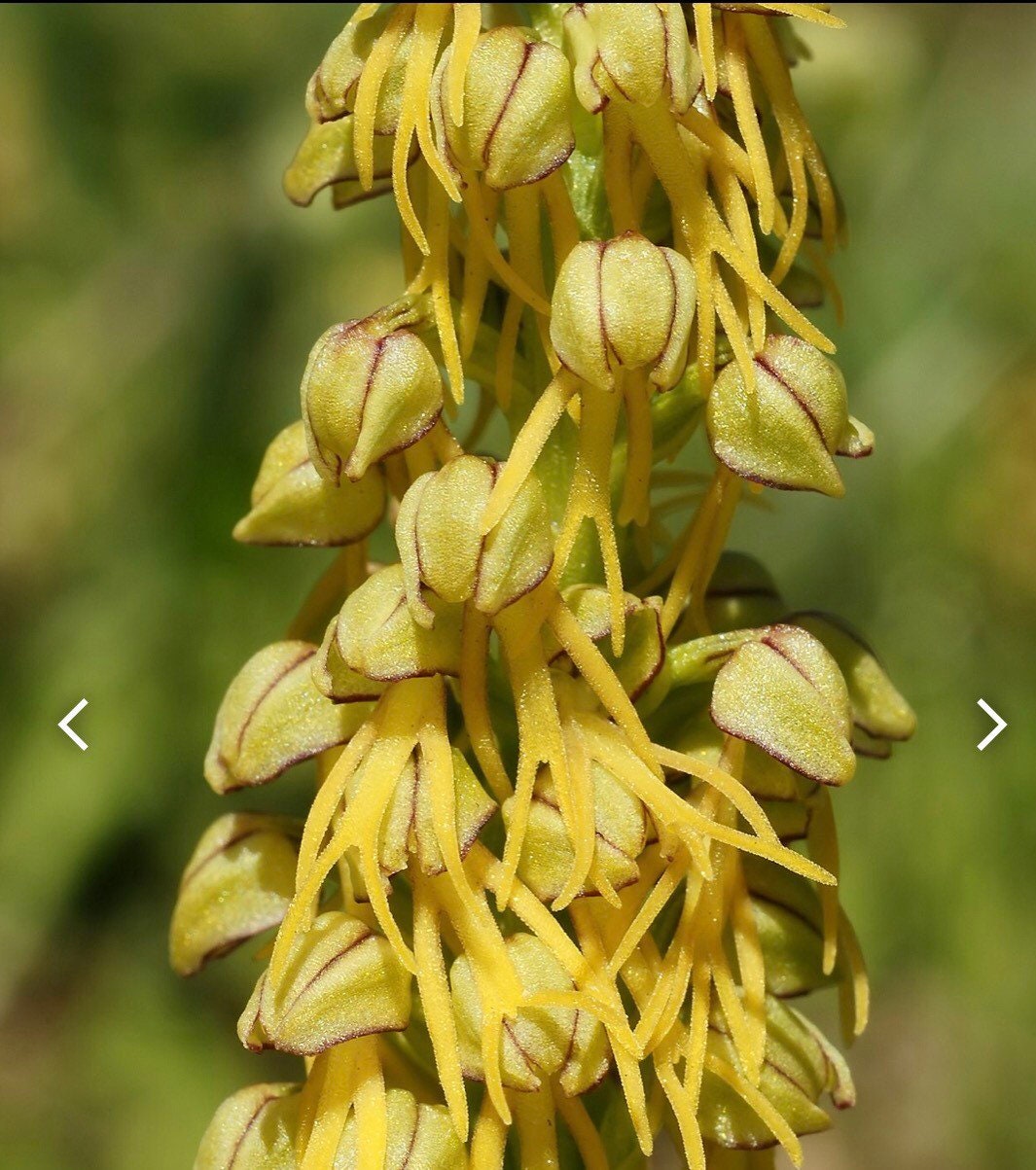
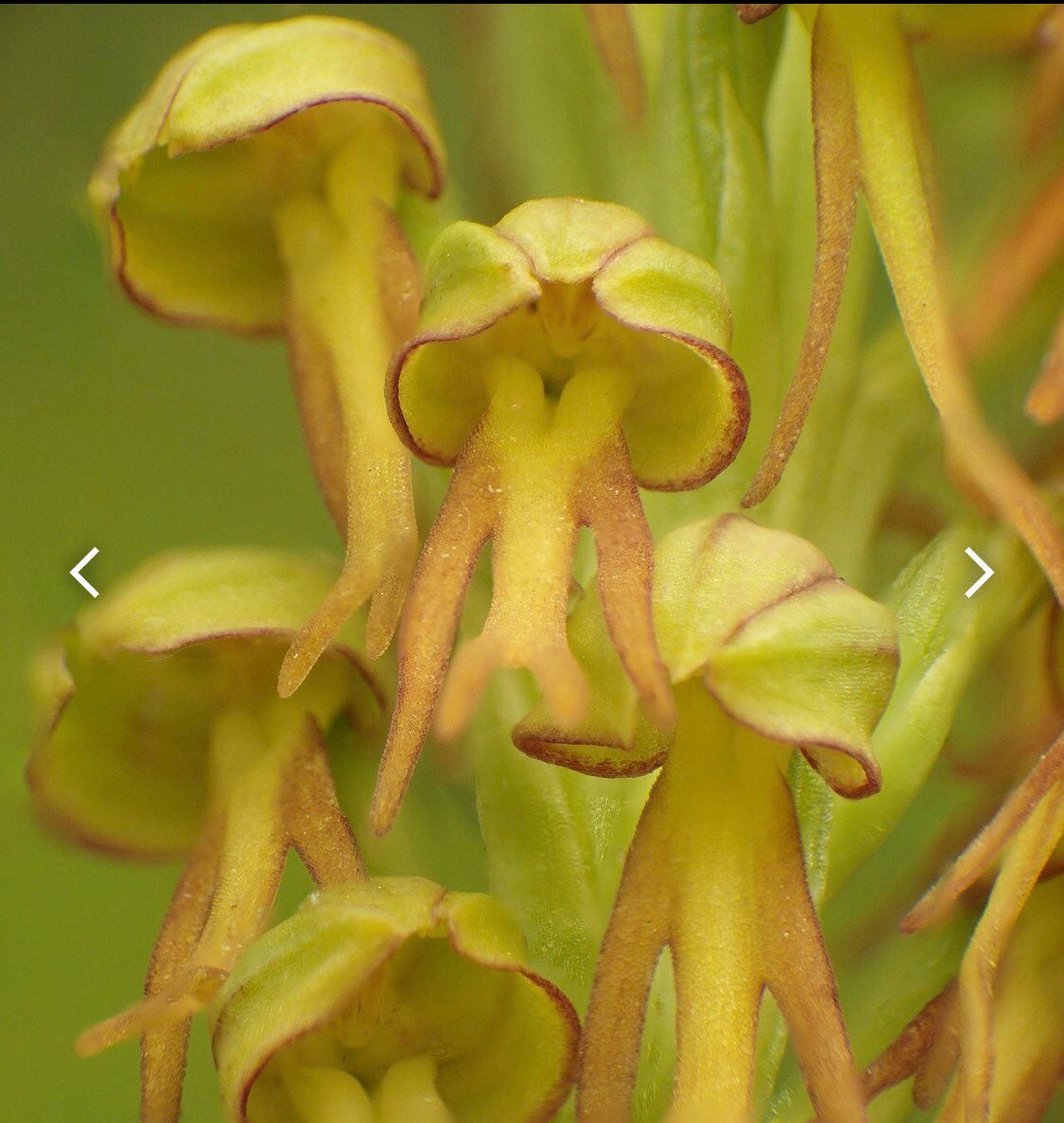
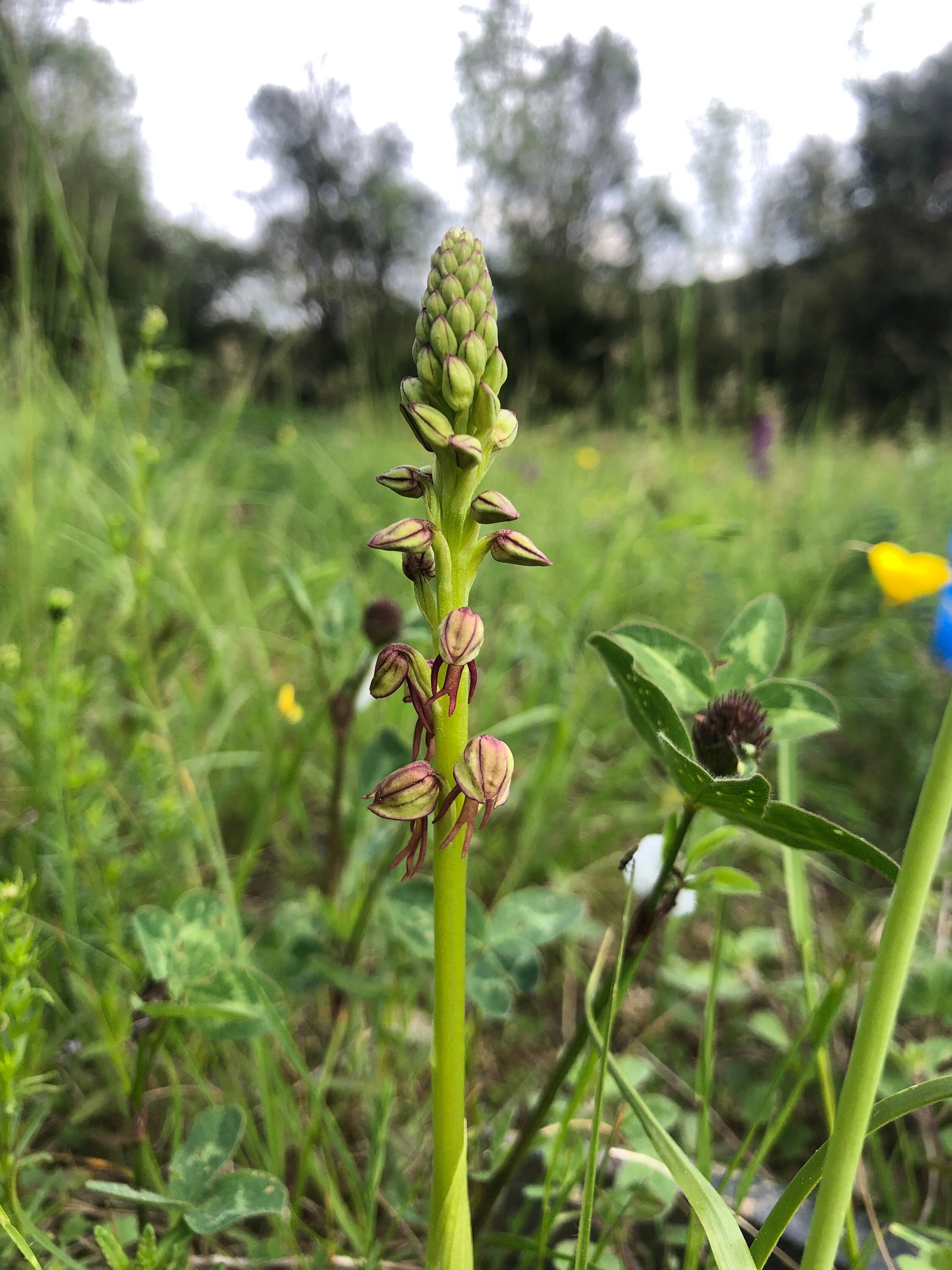
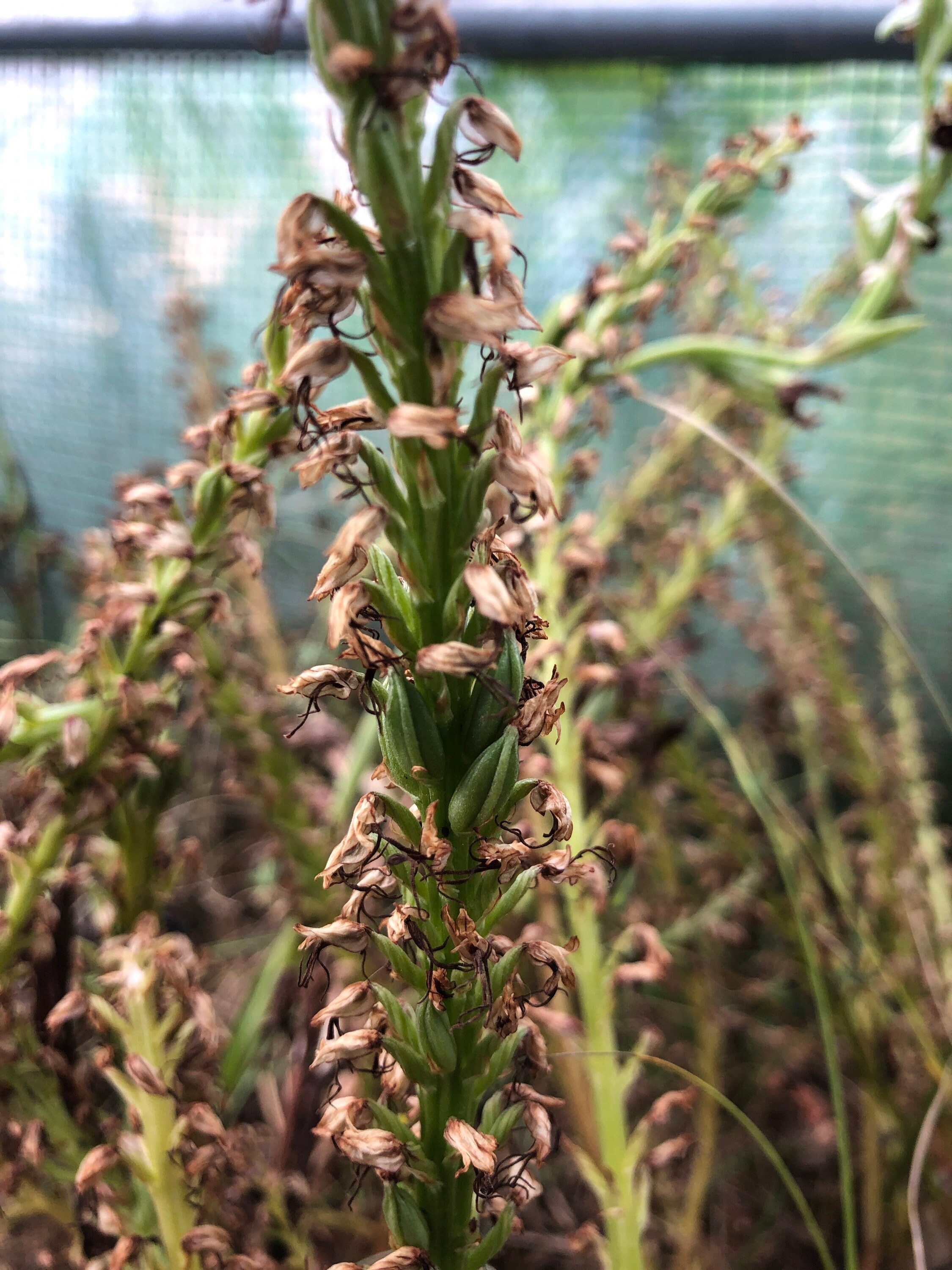
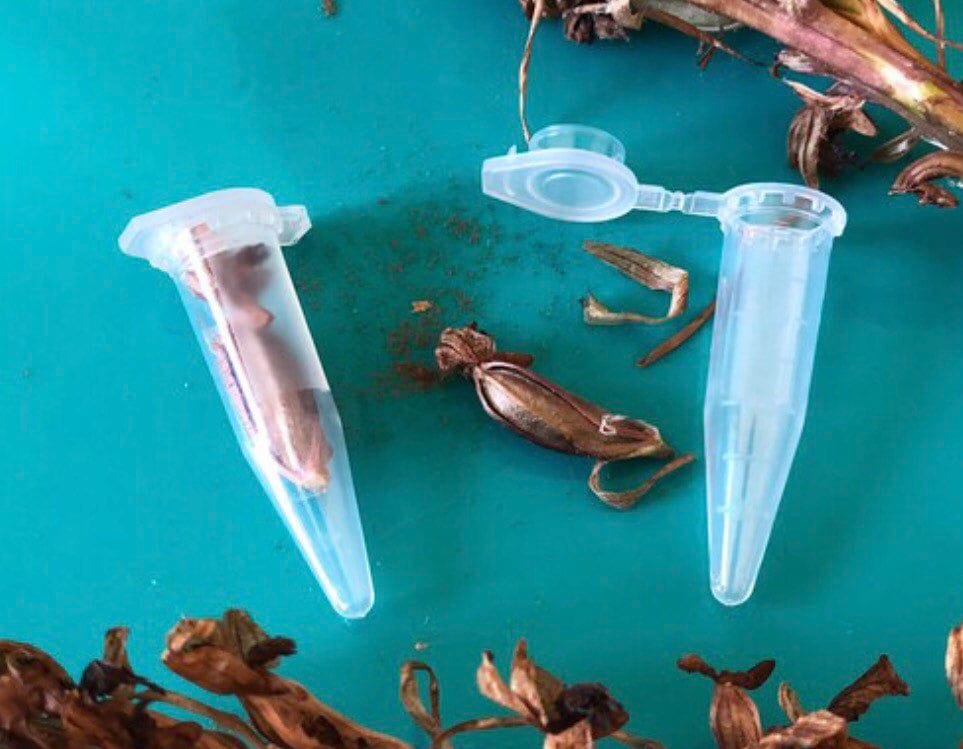
Orchid
Orchis anthropophora bulb or seed pod and substrate. Aceras anthropophorum, the man orchid, ground orchid bulbs
$7.13
-
DetailsIf you are experiencing any problems during checkout please go to: moss-wolesale.com
Our bulbs are grown in red clay on our farm. We package them in moss for safe travels to you.
Our seed pods are harvested at just the right time while still closed yet ripe. We dehydrate them at 35 degrees and put the in plastic seed containers for the perfect condition until use.
We sell the red clay substrate 100g which we recommend using, and a sheet of moss which we recommend place on top of the substrate once the seeds are sown.
We also recommend buying one 2 year bulb o grow in the same substrate as the seeds, success of germination is significantly higher when a bulb is grown near them, a 2 year old bulb is sufficient, this is because of a relationship with mycorrhizal fungus.
How to sow: mix the red clay substrate with potting soil - in a seeding tray 7-10cm thick, water substrate then compact it with your fist. Take the seed pod and crushed it slightly, a fine dust of seeds will come out, once the seeds are out do not touch them. Cover with the moss sheet, then water gently, the water will disperse the seeds more.
Place the tray in the fridge for 12 weeks for a chilling time.
Take the tray out and place in partial shade spray with water once a week.
germination in 8 or 11 months
The success of germination is significantly higher when a bulb is grown near them, a 2 year old bulb is sufficient, this is because of a relationship with mycorrhizal fungus.
Orchis anthropophora (formerly Aceras anthropophorum), the man orchid, is a European species of orchid whose flowers resemble a human figure. The head is formed by the petals and sepals, and the suspended torso and limbs by the lobes of the labellum. It usually grows in calcareous grassland.
The man orchid is a herbaceous perennial, growing to a height of 20 to 40 cm (7.9 to 16 in). A basal rosette of 5 cm (2.0 in) lanceolate leaves develops from a tuber 6 cm (2.4 in) in diameter, and between April and June a central flower spike is produced bearing up to fifty small, stemless flowers – the flowers vary from greenish, with a yellow-green labellum, to green, streaked and marked with purple.
Edit
Orchis anthropophora favours moderately sunny meadows on well-drained, often calcareous soil. It is to be found around the Mediterranean area, and in central and western Europe as far north as southern England. It also grows in alpine areas, but not at high altitude.
It is native to Great Britain, central Europe (Austria, Belgium, Germany, the Netherlands, and Switzerland), southwestern Europe (the Balearic Islands, Corsica, France, Portugal, Sardinia, and Spain), southeastern Europe (Albania, Greece, Italy, Crete, Sicily, and countries of the former Yugoslavia), northern Africa (Algeria, Morocco, and Tunisia), and western Asia (Cyprus, East Aegean Islands, Lebanon, Syria, and Turkey). -
Shipping & Policies
Shipping from France
Processing time
1-3 business days
Customs and import taxes
Buyers are responsible for any customs and import taxes that may apply. I'm not responsible for delays due to customs.
Payment Options
Returns & Exchanges
I gladly accept returns, exchanges, and cancellations
Just contact me within: 14 days of delivery
Ship items back to me within: 30 days of delivery
- Custom or personalized orders
- Perishable products (like food or flowers)
- Digital downloads
- Intimate items (for health/hygiene reasons)
- Items on sale
Conditions of return
Buyers are responsible for return shipping costs. If the item is not returned in its original condition, the buyer is responsible for any loss in value.
Questions about your order?
Please contact me if you have any problems with your order.
